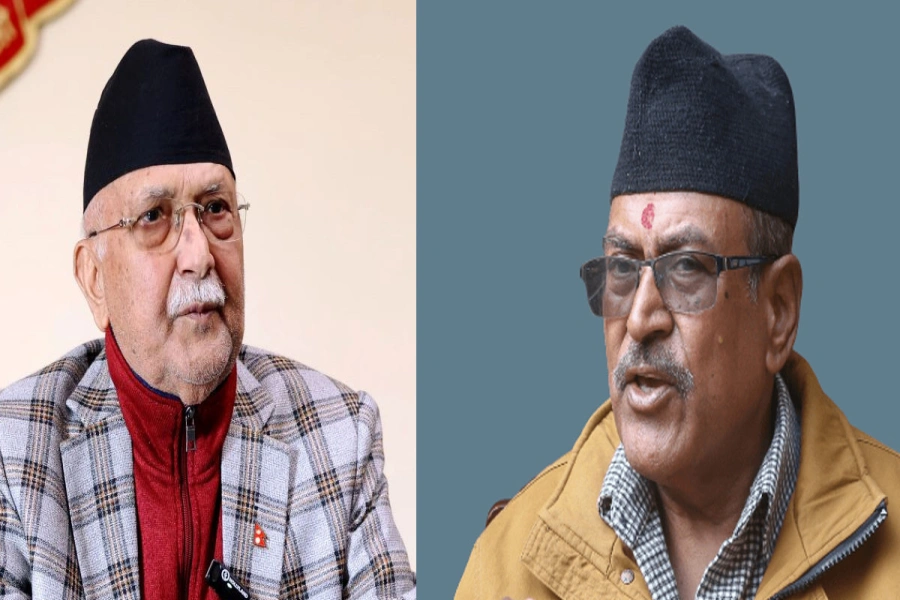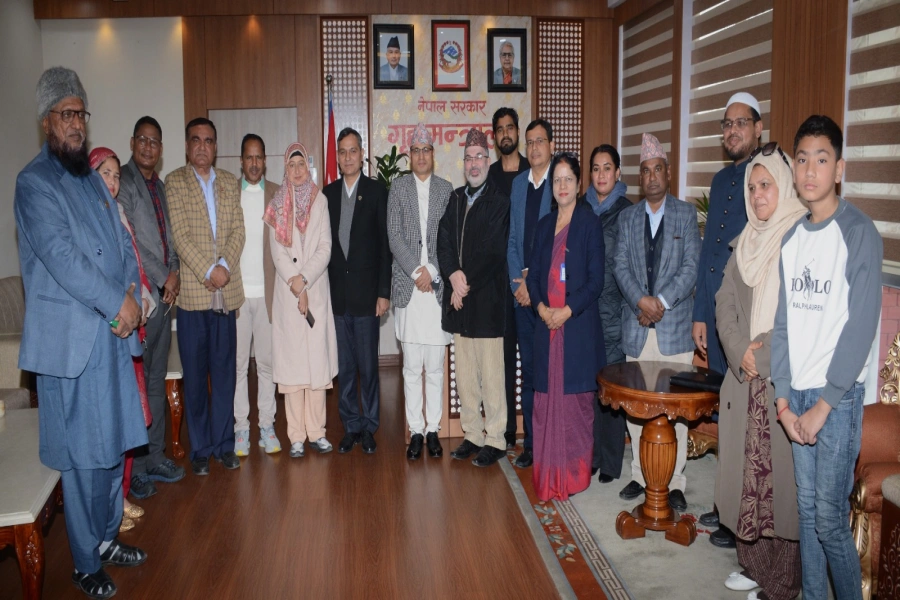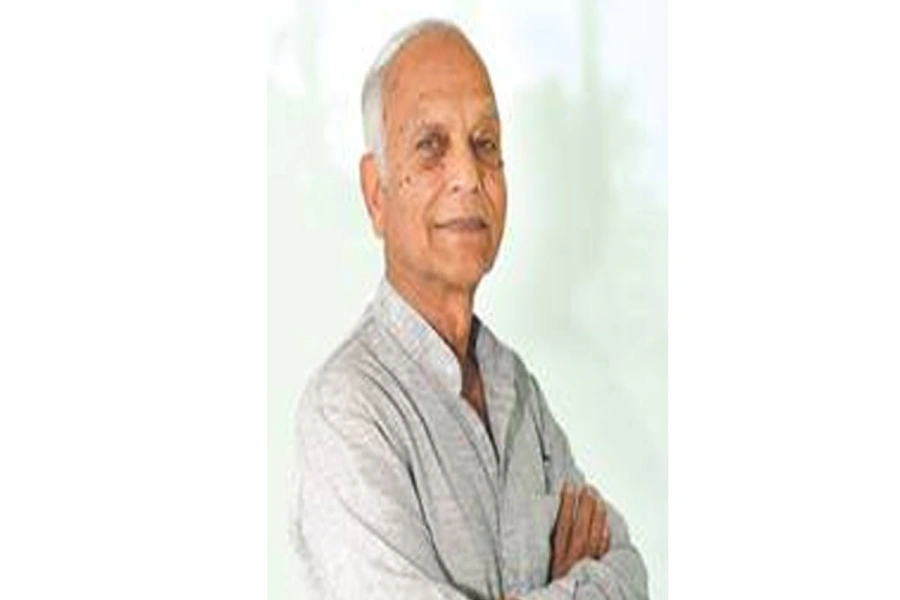The CIEDP and the TRC were established in accordance with a law passed in May 2014 and were a key component of the 2006 Comprehensive Peace Agreement. However, the lack of progress in their operationalization has left many victims of human rights abuses without the justice and reparations they deserve.
Former foreign minister Bimala Rai Paudyal was set to attend the 52nd session of the United Nations Human Rights Council in Geneva to represent Nepal. However, the situation became contentious when Prime Minister Pushpa Kamal Dahal instructed Paudyal to cancel her visit at the last hour and sent Govinda Prasad Sharma 'Bandi' as his advisor instead. This decision has raised questions among human rights defenders regarding the legitimacy of Sharma's visit. The agenda for this session covered a wide range of human rights issues, including the promotion and protection of all human rights, and civil, political, economic, and social and cultural rights. Nepal has signed several treaties related to human rights and is obliged to comply with them. In this article, we will discuss how human rights issues are evolving and perceived in Nepal.
Gradual going
The concept of human rights in Nepal has evolved significantly over the decades. Journey to open space for the issue of human rights came into recognition from the introduction of Muluki Ain (Civil-code) of 1854 which included the provisions for the protection of individual rights and freedoms. The constitution of Nepal which was adopted in 1959 had guaranteed fundamental rights including the right to equality, freedom of speech, religion, and assembly. However, in a year, in 1960, King Mahendra suspended the Constitution of Nepal and brought his model 'Panchayat System' which lasted until 1990.
UNFPA partners with the National Human Rights Commission to adv...

During Mahendra's thirty-year's tenure human rights violations were at peak. The Panchayat government had blatantly suppressed political dissent and censored the media. A popular uprising in 1990 had led the nation to the restoration of democracy and Nepal adopted a new constitution in 1991 which declared Nepal as a Constitutional monarchy with multi-party system and incorporated the protection of fundamental rights. This was the time when human rights organizations emerged in a formal way. The National Human Rights Commission (NHRC) and few non-governmental human rights organizations grew up during this period of time. Maoist insurgency from 1996 to 2006 had again brought structural change in Nepali polity. From the Interim Constitution of 2007 to the constitution of Nepal 2015, the evolution of human rights in Nepal has been significant, and the country has taken important steps towards the protection and promotion of human rights. However, most of the progresses are structural.
The concept of human rights in Nepal has undergone significant evolution over the decades. The journey towards open discussion of human rights issues began with the introduction of the Muluki Ain (Civil Code) in 1854, which included provisions for the protection of individual rights and freedoms. The Constitution of Nepal, adopted in 1959, guaranteed fundamental rights such as equality, freedom of speech, religion, and assembly. However, just a year later, King Mahendra suspended the constitution and introduced his own model of governance, the 'Panchayat System,' which lasted until 1990. During Mahendra's 30-year tenure, human rights violations were rampant, with the Panchayat government brutally suppressing political dissent and censoring the media.
A popular uprising in 1990 led to the restoration of democracy, and Nepal adopted a new constitution in the same year. The new constitution declared the country a constitutional monarchy with a multi-party system and incorporated the protection of fundamental rights. It was during this period that formal human rights organizations emerged, including the National Human Rights Commission (NHRC) and several non-governmental organizations. The Maoist insurgency from 1996 to 2006 brought about further structural changes in Nepali politics. Since the Interim Constitution of 2007 and the Constitution of Nepal 2015, the evolution of human rights in Nepal has been significant, and the country has taken important steps towards the protection and promotion of human rights. However, most of the progress has been structural in nature.
Intent and TRC
Following the end of the Maoist insurgency on November 21, 2006, the Nepali government and the Maoist rebels signed a Comprehensive Peace Agreement that included a provision for investigating serious human rights violations and crimes against humanity committed during the conflict. This provision was incorporated into the TRC Act, which established a Truth and Reconciliation Commission (TRC) and a Commission of Investigation on Enforced Disappeared Persons (CIEDP) in 2014. These commissions were tasked with investigating human rights violations committed during the decade-long Maoist insurgency from 1996 to 2006. The TRC is responsible for investigating serious human rights violations such as murder, enforced disappearances, rape, and torture, and making recommendations for reparations to victims while holding perpetrators accountable. The CIEDP has a specific mandate to investigate cases of enforced disappearances and make recommendations for reparations. Despite being established eight years ago, these bodies have yet to be fully operationalized, and currently, both are commissions without commissioners. The CIEDP and the TRC were established in accordance with a law passed in May 2014 and were a key component of the 2006 Comprehensive Peace Agreement. However, the lack of progress in their operationalization has left many victims of human rights abuses without the justice and reparations they deserve.
During the previous government of Sher Bahadur Deuba, in August 2022, the Minister for Law, Justice and Parliamentary Affairs, Govinda Prasad Sharma, presented a bill to amend the Enforced Disappearances Enquiry, Truth, and Reconciliation Commission Act 2014. While Minister Sharma attempted to consult with provincial authorities, the bill remained contentious. Several human rights organizations issued statements opposing the provisions of blanket amnesty. It is unacceptable for any government to include such provisions or intend to grant amnesty in cases of human rights violations. Against this backdrop, veteran Nepali journalist Kanak Mani Dixit expressed his concerns in a long-form story, stating, "I don't know what the actual opinion of the United States is, but Pushpa Kamal Dahal's understanding is that Washington is lenient towards him because of the role played by Dahal in passing the Millennium Challenge Corporation (MCC)." Dixit added that European nations are experiencing "Transitional Justice Fatigue" and wish to resolve the issue as soon as possible. Dixit suggested the possibility of any quid pro quo between international players regarding human rights issues.
The end of the Second World War and the establishment of the United Nations led to the adoption of the Universal Declaration of Human Rights (UDHR) in 1948, which recognized the universality of human rights. However, during the subsequent years of the cold war, human rights took a backseat to other priorities. It wasn't until the mid-1970s, when the cold war began to thaw, that human rights regained prominence on the foreign policy agenda of the United States. As John Baylis, Patricia Owens, and Steve Smith note in "The Globalization of World Politics," in 1975, the American Congress required consideration of human rights practices in awarding foreign aid. In 1976, Jimmy Carter was elected president, having campaigned on a promise to prioritize human rights in American foreign policy. The year 1977 was a turning point in international politics, as many other countries also began explicitly including human rights in their national foreign policy.
Lastly, Nepal needs strong leadership and a clear vision to effectively address the issue of human rights and its long-term impact. In a country like Nepal, where everything is politicized, from the NHRC to other agencies, political patronage is a common occurrence. The political leaders often appoint their allies to constitutional posts based on their convenience. Many NGOs working on human rights issues in Nepal are politically motivated and operate accordingly. The TRC and CIEDP are not only concerned with Maoists but also include investigations into Nepali Congress, Nepal Army, and other security enforcement agencies regarding transitional justice. Nepal should avoid getting caught up in human rights diplomacy and politics.







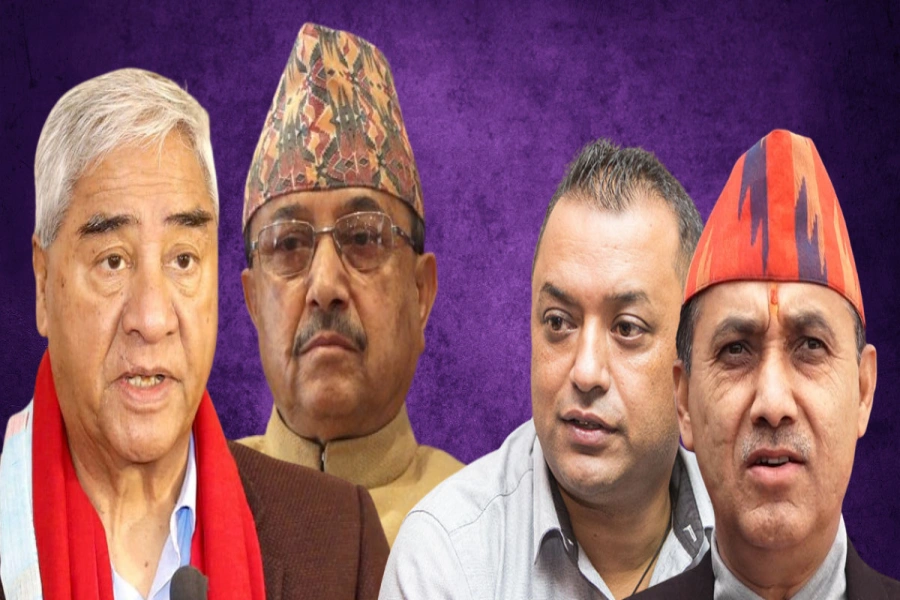
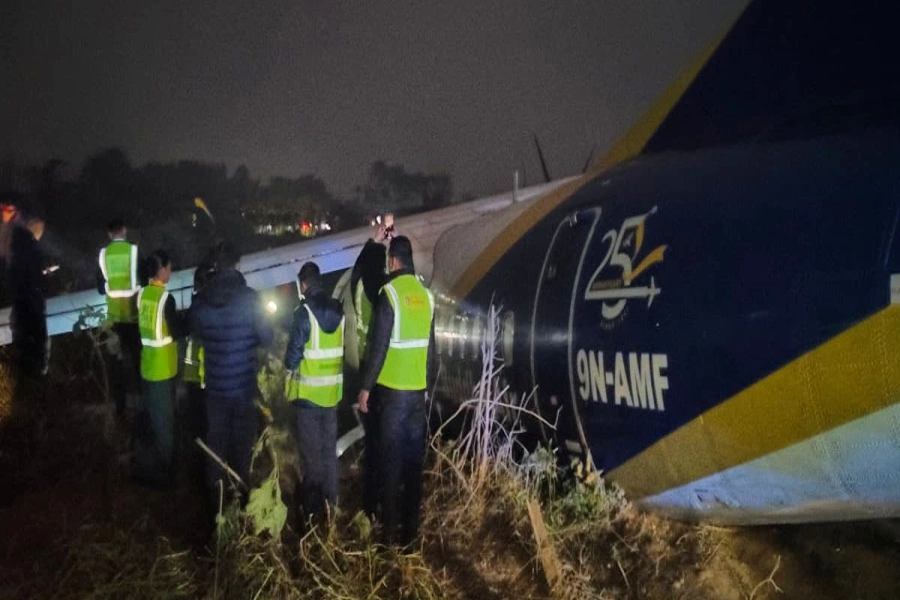

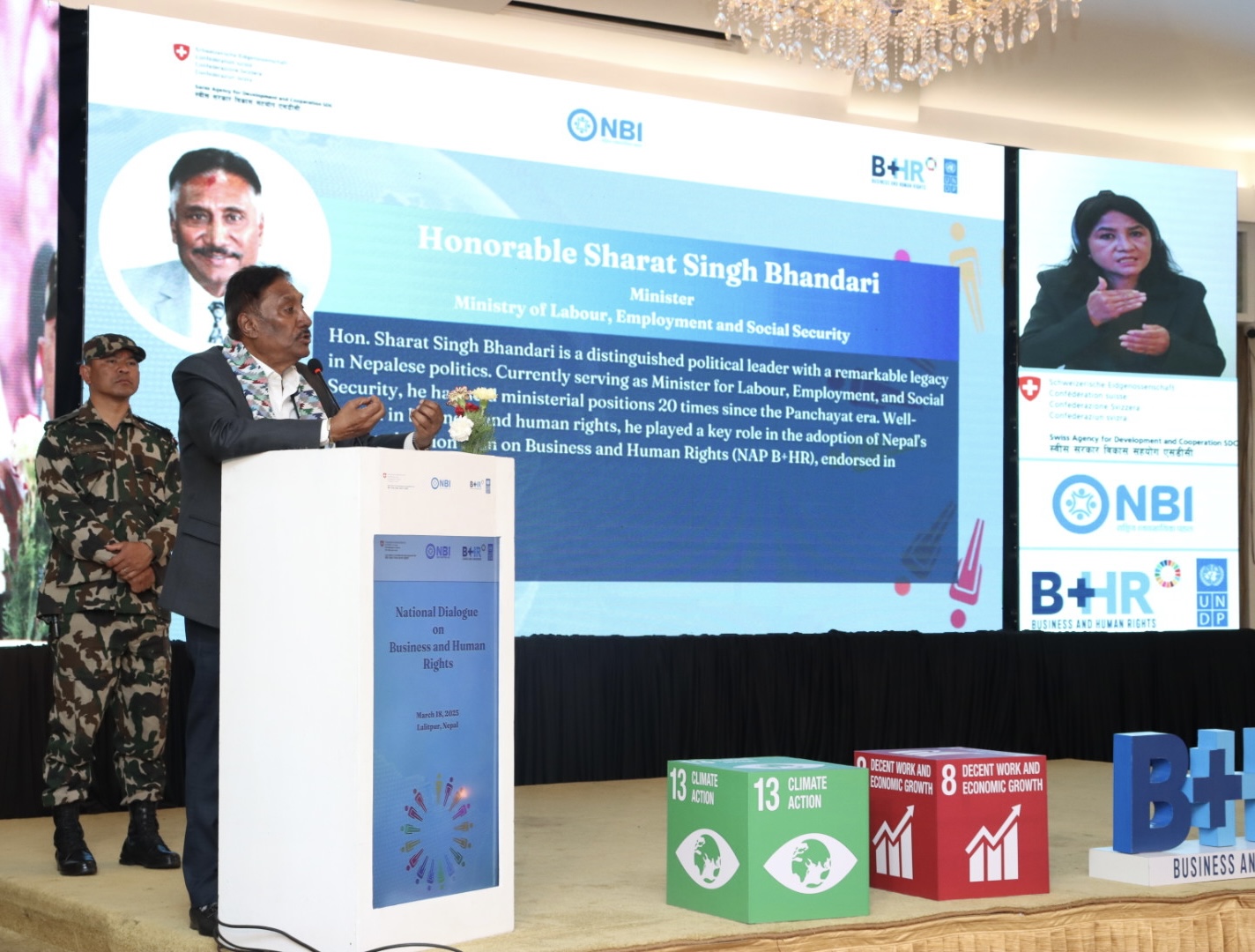
_20221219135433.jpg)





